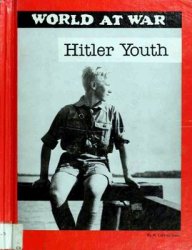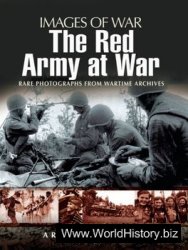So long as the basic aim in artifact classification was to define cultures and sequences, the actual procedures involved in classification were generally regarded as non-problematical. Artifact types were accepted or rejected on the grounds of their recogniz-ability and their utility or non-utility for the reconstruction of culture history, and the question of their objective reality or meaningfulness to their makers did not arise. Debate often raged over the legitimacy or the utility of individual types, but it did not touch upon the general methods or the purposes of classification itself.
However, the major shifts of interest that occurred after 1940 gave rise not only to new approaches to classification, but also to an extensive and often heated dialogue about the nature and the meaning of classification itself. In one form or another, this discussion persists down to the present day, particularly in North America, where it has been termed collectively the ‘typological debate’. The accumulated body of theoretical and programmatic literature is enormous, yet it bears surprisingly little relationship to what goes on in the practical domain, where typologies developed more than half a century ago remain in general use.
The most fundamental issue that has been debated concerns the ‘naturalness’ or ‘artificiality’ of types. There is general agreement that ‘artificial’ (i. e., instrumentalist) types can be created which are useful for some archaeological purposes; the question is whether or not there can also be ‘natural’ (i. e., essen-tialist) types that have objective existence independent of any purpose of the typologist. The question in simplest terms is: can types be said to exist independently of purposes?
Both the erstwhile functionalists of the mid-century era and the new archaeologists of the next generation attempted to answer this question in the affirmative. It is evident, however, that the conception of what constitutes ‘naturalness’ was quite different for the two groups. There were, moreover, critics of both approaches, who continued to insist that types cannot be wholly separated from the archaeologist’s cognition, which in turn is shaped by his or her purposes. It remains true in any case that nearly all of the artifact types that are in general use today were developed for avowed culture-historical purposes.
The typological debate, so designated, has been conducted mainly among North American prehistorians, particularly as regards the use of computers in classification. Since the 1960s there has also been a somewhat different typological debate among European prehistorians, emphasizing methods rather than objectives. In the Old World, the influence of de Mortillet and Montelius remains strong, and it is still generally taken for granted that the proper purpose of artifact classifications is to aid in the development of culture classifications, and particularly chronologies. Debate therefore has been largely concerned with the best way of achieving that purpose.
Adams and Adams (1991: 278-304) have undertaken a review and critique of the typological debate. They argue that much of it has been misplaced, partly because it has ignored the question of purpose and partly because it has failed to grasp the full complexity of type concepts. Types necessarily have material, cognitive, and representational dimensions: the actual objects, the archaeologist’s mental perception of the objects, and the words and pictures that are used to convey those understandings. The three dimensions are not wholly interdependent, in that any one of them can be changed without necessarily affecting the other two.
The two authors have gone on to assert that just about everything that has been written about archaeological types is partly true and partly not true, because the types that are actually in regular use are partly natural and partly artificial, partly essentialist and partly instrumentalist, partly formal and partly functional. An infinity of types may be actually present in the material, but the archaeologist inevitably selects from among them those that are useful for some purpose, by choosing to emphasize some attributes and ignore others. The authors conclude that the two ultimate touchstones of artifact types are that they must be consistently recognizable, and they must be demonstrably useful for some purpose.
See also: Archaeology Laboratory, Overview; Culture, Concept and Definitions; Pottery Analysis: Stylistic.




 World History
World History









